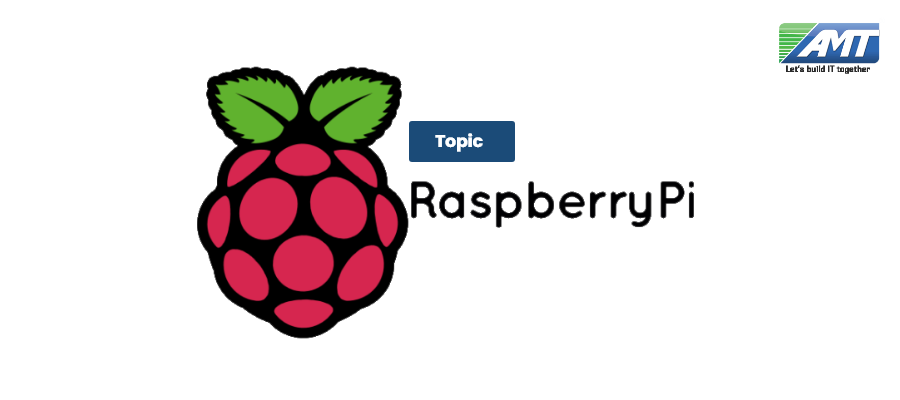The Raspberry Pi is a series of small single-board computers developed in the United Kingdom by the Raspberry Pi Foundation to promote the teaching of basic computer science in schools and in developing countries. The original model became far more popular than anticipated, selling outside its target market for uses such as robotics. It does not include peripherals (such as keyboards and mice) and cases. However, some accessories have been included in several official and unofficial bundles.
The organisation behind the Raspberry Pi consists of two arms. The first two models were developed by the Raspberry Pi Foundation. After the Pi Model B was released, the Foundation set up Raspberry Pi Trading, with Eben Upton as CEO, to develop the third model, the B+. Raspberry Pi Trading is responsible for developing the technology while the Foundation is an educational charity to promote the teaching of basic computer science in schools and in developing countries.
According to the Raspberry Pi Foundation, more than 5 million Raspberry Pis were sold by February 2015, making it the best-selling British computer. By November 2016 they had sold 11 million units, and 12.5m by March 2017, making it the third best-selling “general purpose computer”. In July 2017, sales reached nearly 15 million. In March 2018, sales reached 19 million.
Several generations of Raspberry Pis have been released. All models feature a Broadcom system on a chip (SoC) with an integrated ARM-compatible central processing unit (CPU) and on-chip graphics processing unit (GPU).
Processor speed ranges from 700 MHz to 1.4 GHz for the Pi 3 Model B+; on-board memory ranges from 256 MB to 1 GB RAM.Secure Digital (SD) cards are used to store the operating system and program memory in either SDHC or MicroSDHC sizes. The boards have one to four USB ports. For video output, HDMI and composite video are supported, with a standard 3.5 mm tip-ring-sleeve jack for audio output. Lower-level output is provided by a number of GPIO pins, which support common protocols like I²C. The B-models have an 8P8C Ethernet port and the Pi 3 and Pi Zero W have on-board Wi-Fi 802.11n and Bluetooth. Prices range from US$5 to $35.
The first generation (Raspberry Pi 1 Model B) was released in February 2012, followed by the simpler and cheaper Model A. In 2014, the Foundation released a board with an improved design, Raspberry Pi 1 Model B+. These boards are approximately credit-card sized and represent the standard mainline form-factor. Improved A+ and B+ models were released a year later. A “Compute Module” was released in April 2014 for embedded applications. The Raspberry Pi 2, which added more random-access memory, was released in February 2015.
A Raspberry Pi Zero with smaller size and reduced input/output (I/O) and general-purpose input/output (GPIO) capabilities was released in November 2015 for US$5. By 2017, it became the newest mainline Raspberry Pi. On 28 February 2017, the Raspberry Pi Zero W was launched, a version of the Zero with Wi-Fi and Bluetooth capabilities, for US$10. On 12 January 2018, the Raspberry Pi Zero WH was launched, the same version of the Zero W with pre-soldered GPIO headers.
Raspberry Pi 3 Model B was released in February 2016 with a 64 bit quad core processor, on-board WiFi, Bluetooth and USB boot capabilities. On Pi Day 2018 model 3B+ appeared with a faster 1.4 GHz processor and a three times faster network based on gigabit Ethernet (300 Mbit / s) or 2.4 / 5 GHz dual-band Wi-Fi (100 Mbit / s). Other options are: Power over Ethernet (PoE), USB boot and network boot (an SD card is no longer required).
The above is a brief about Raspberry Pi. Watch this space for more updates on the latest trends in Technology.
